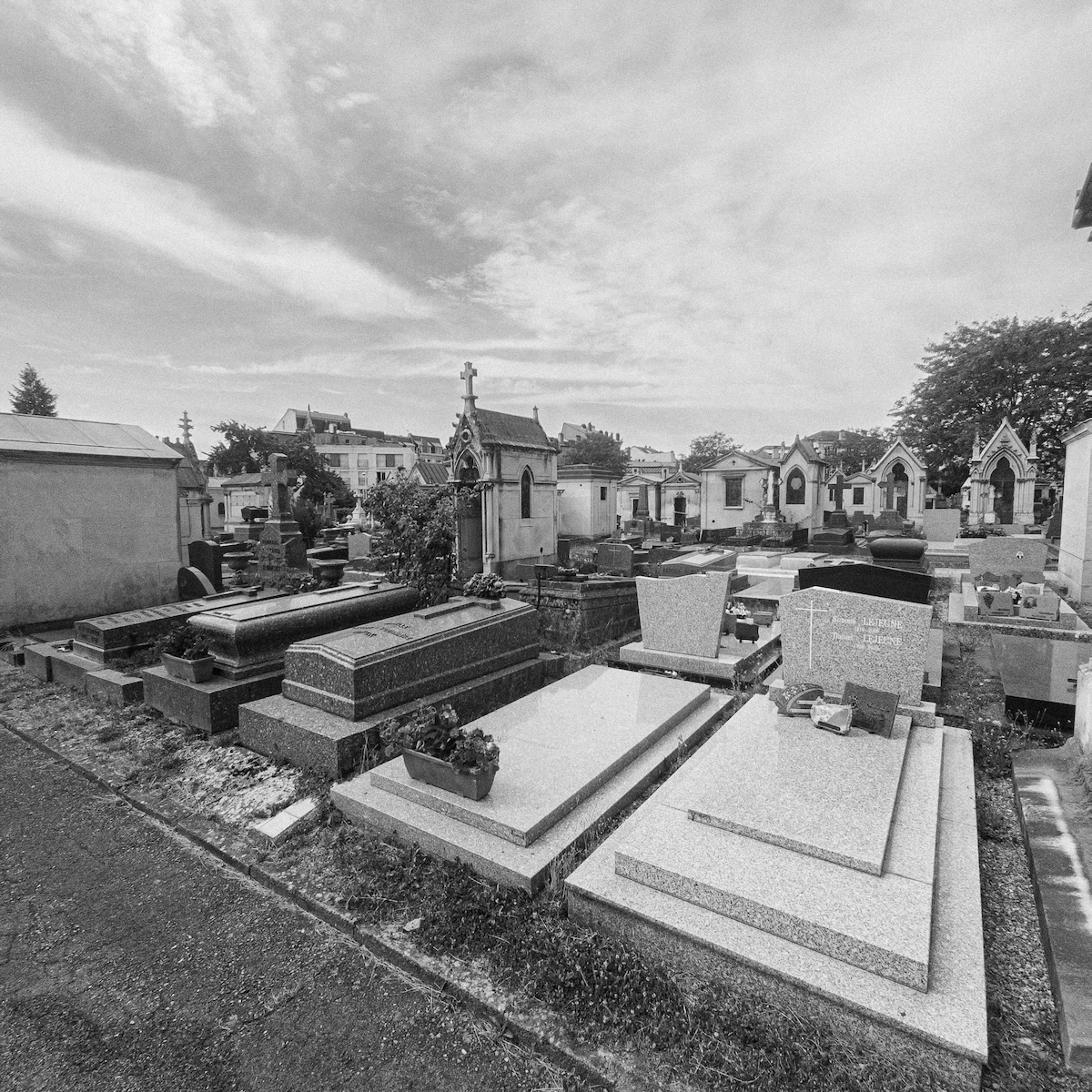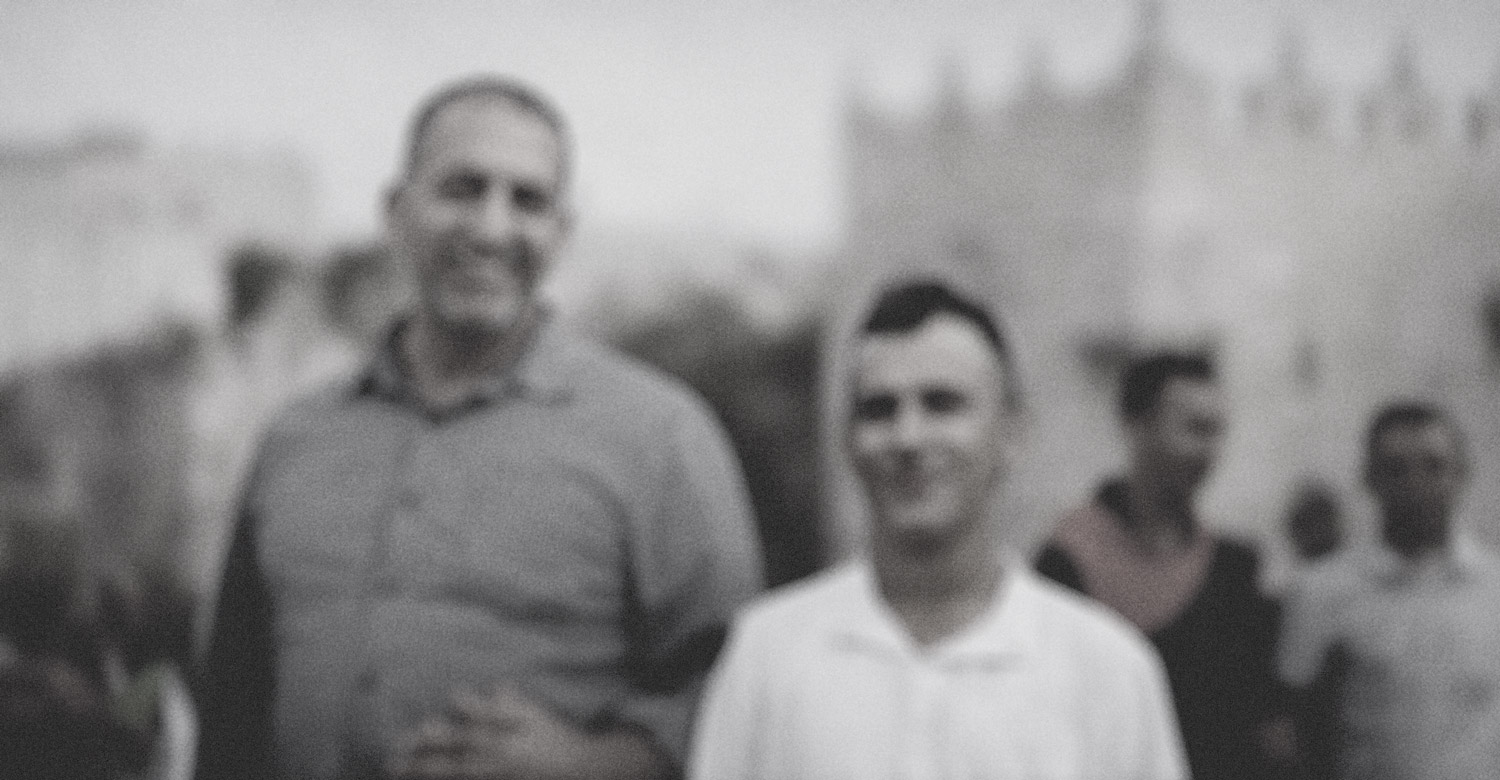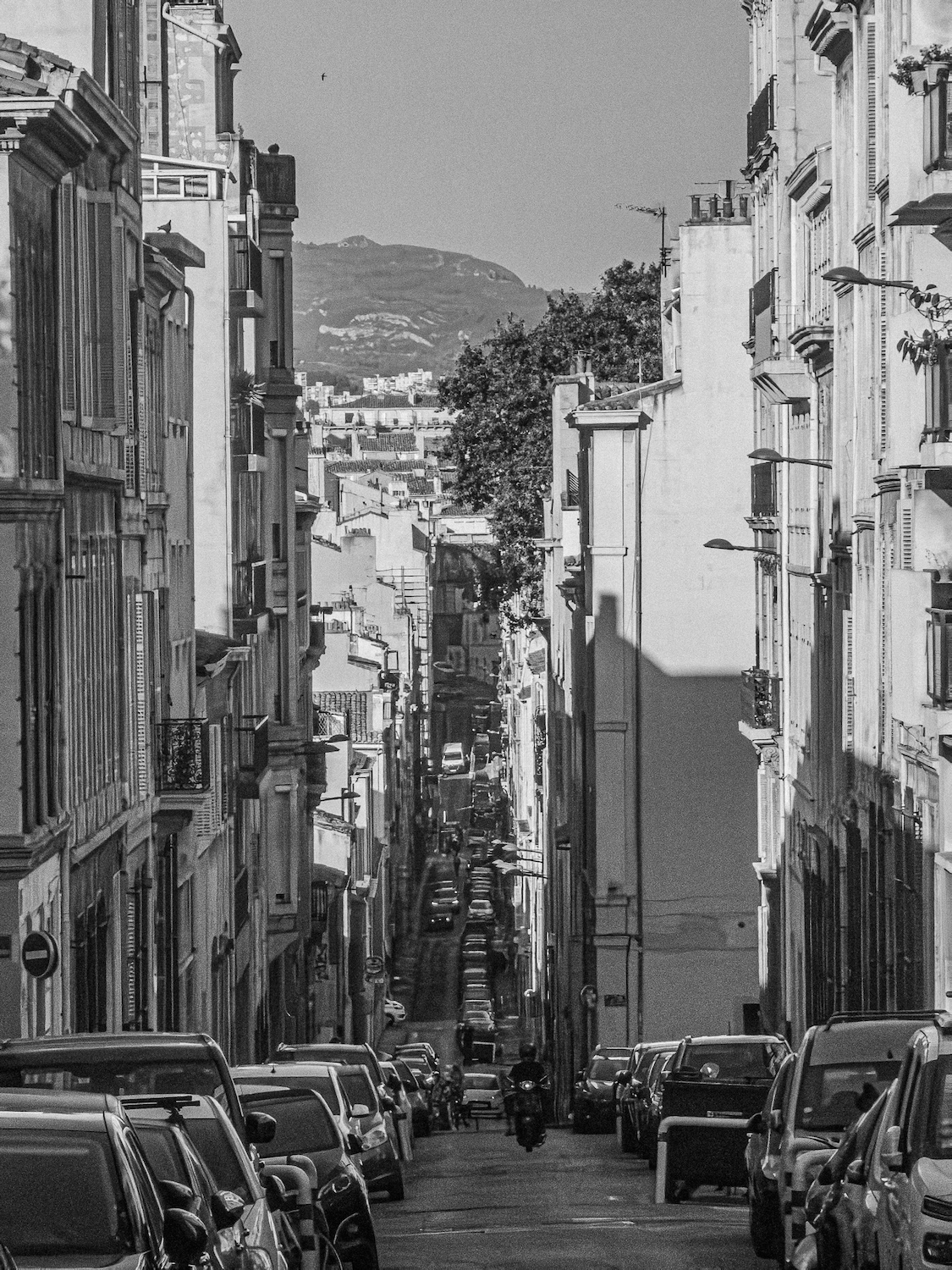What Graveyards Reveal - To be Continued (7)
I can’t seem to resist walking into cemeteries whenever I pass by one in a new city or country. To me, they feel like silent mirrors reflecting the culture of a people: where do they bury their dead, and how? How do they say goodbye? Do they write on their graves? Do they believe in an afterlife? Do they preserve names with sculptures and carvings—or do they cremate their dead, or quietly return them to the soil with no gravestones or elaborate structures?
From the burial methods, the shapes of the graves, and the kind of information you find (if any), you can understand a lot about a people or a sect. You also learn about the deceased, since many are buried in the way they wished—sometimes with care, and sometimes without even a name.
I recently visited Préville Cemetery in Nancy, France, and spent a while observing the graves and those who came to visit. I saw an elderly woman—likely in her eighties or older—speaking at length beside a grave. I couldn’t tell if she was praying or just talking to someone she loved and lost. I walked by and said, "Bonjour." She didn’t hear me at first, so I repeated it when I got closer. She replied warmly, "Bonjour, monsieur," glanced at me briefly, and then returned to her quiet conversation. Most of the visitors, by the way, were elderly.
Cemeteries reduce everything to its essence. The stories lie before you in the simplest terms: a name, a birthdate, a death date... the rest, your imagination must fill in.
A family grave with children—two of whom died young. How did they die? Illness? An accident? Their third child lived a long life with them.
A couple who died within months of each other. Did one follow the other out of grief?
A family of seven, all gone within just a few years.
A couple who lived nearly a hundred years. How much history passed before their eyes? How many loved ones did they bury?
A crumbling headstone with something like “You will not be forgotten” barely visible beneath the dirt.
New graves standing beside decaying old ones—as if life continues to push against death.
One grave had no marker at all. No name. As if the person buried there turned their back on the world with quiet indifference.
Some graves were clearly cared for—someone had visited recently. Others were completely neglected, as if time itself had decided to forget. Or maybe no one is left to remember.
Personally, I’m drawn to the idea of simple graves—as in certain interpretations found within some Muslim traditions (and similar concepts in other religions): graves with no decoration, no resistance to time. There’s something in that view that resonates deeply with one of life’s inevitable truths: we are mortal beings.






